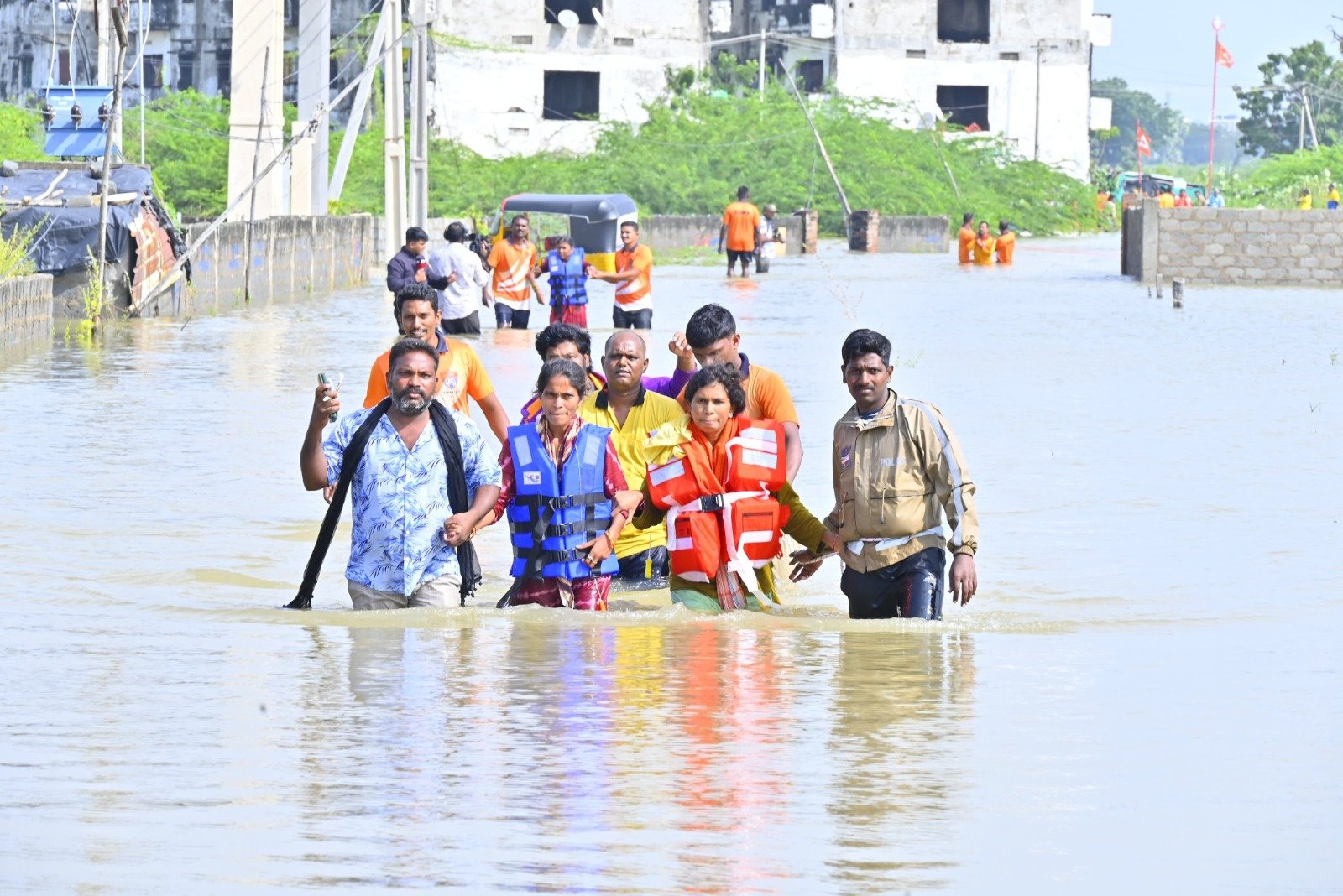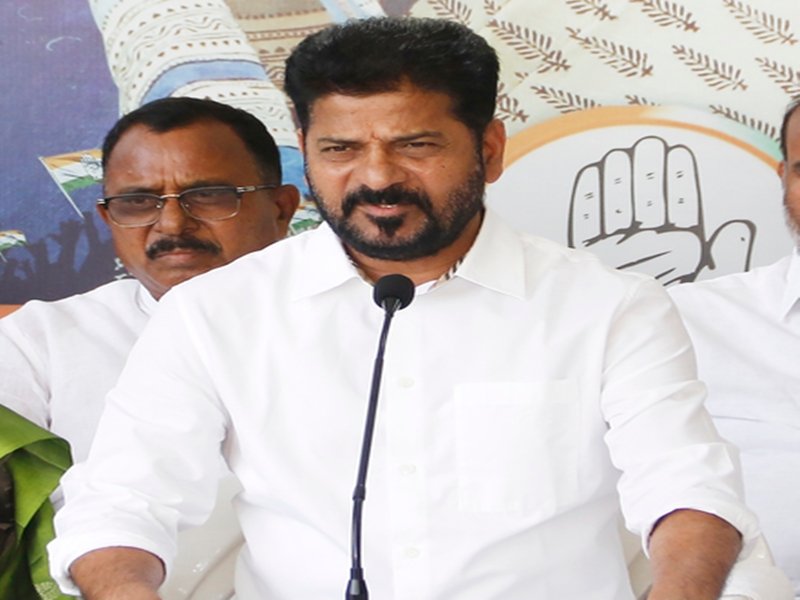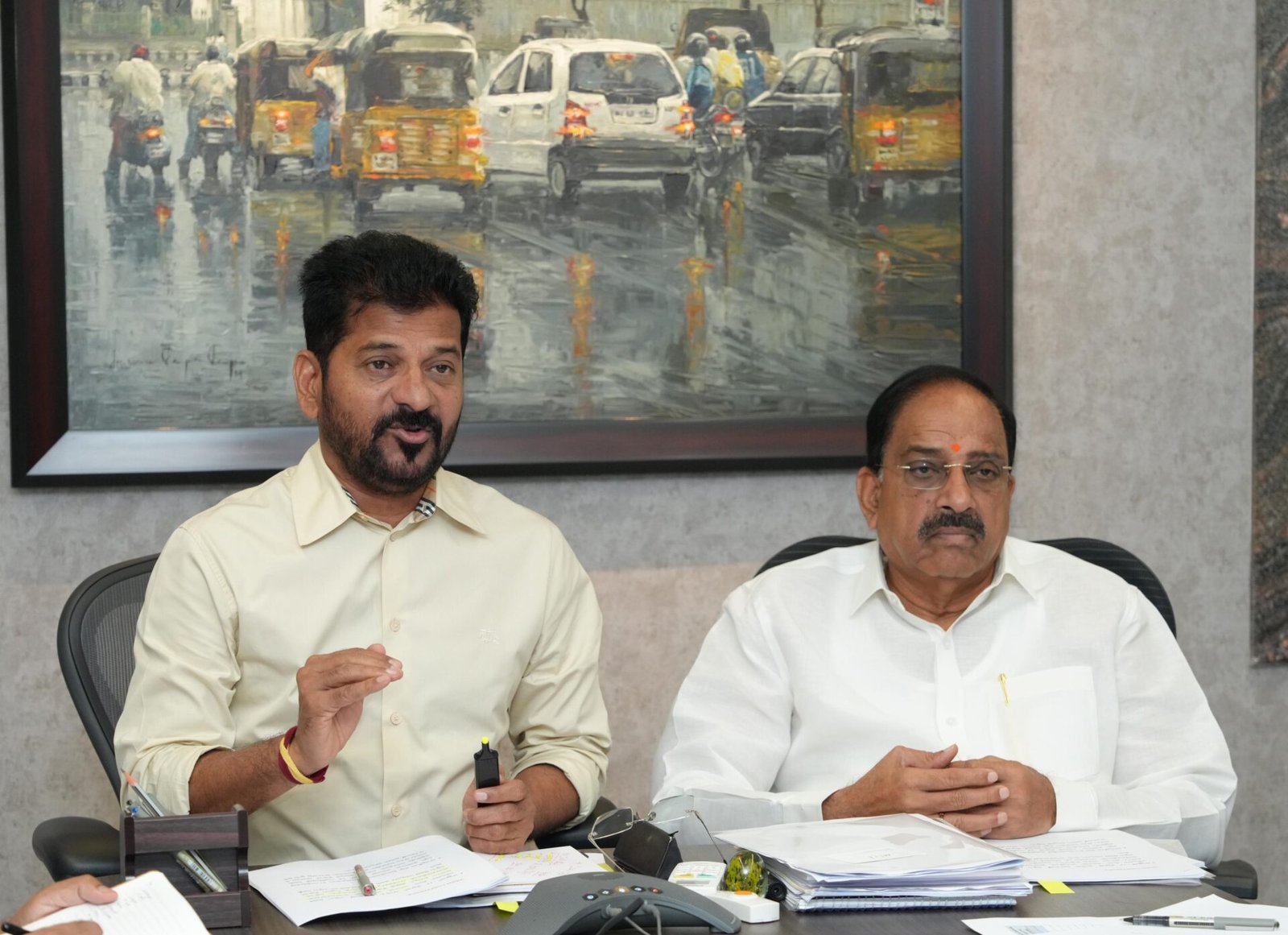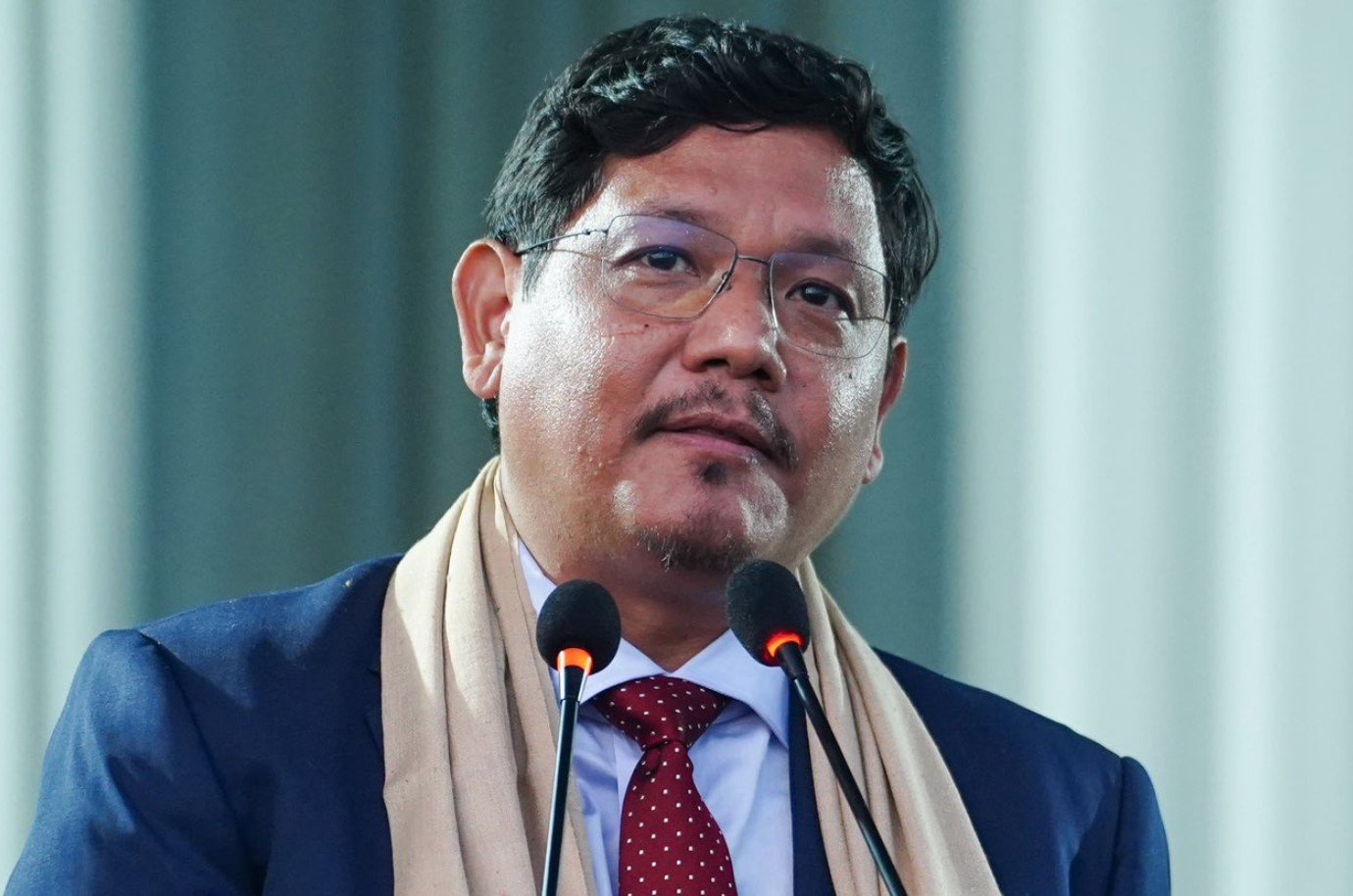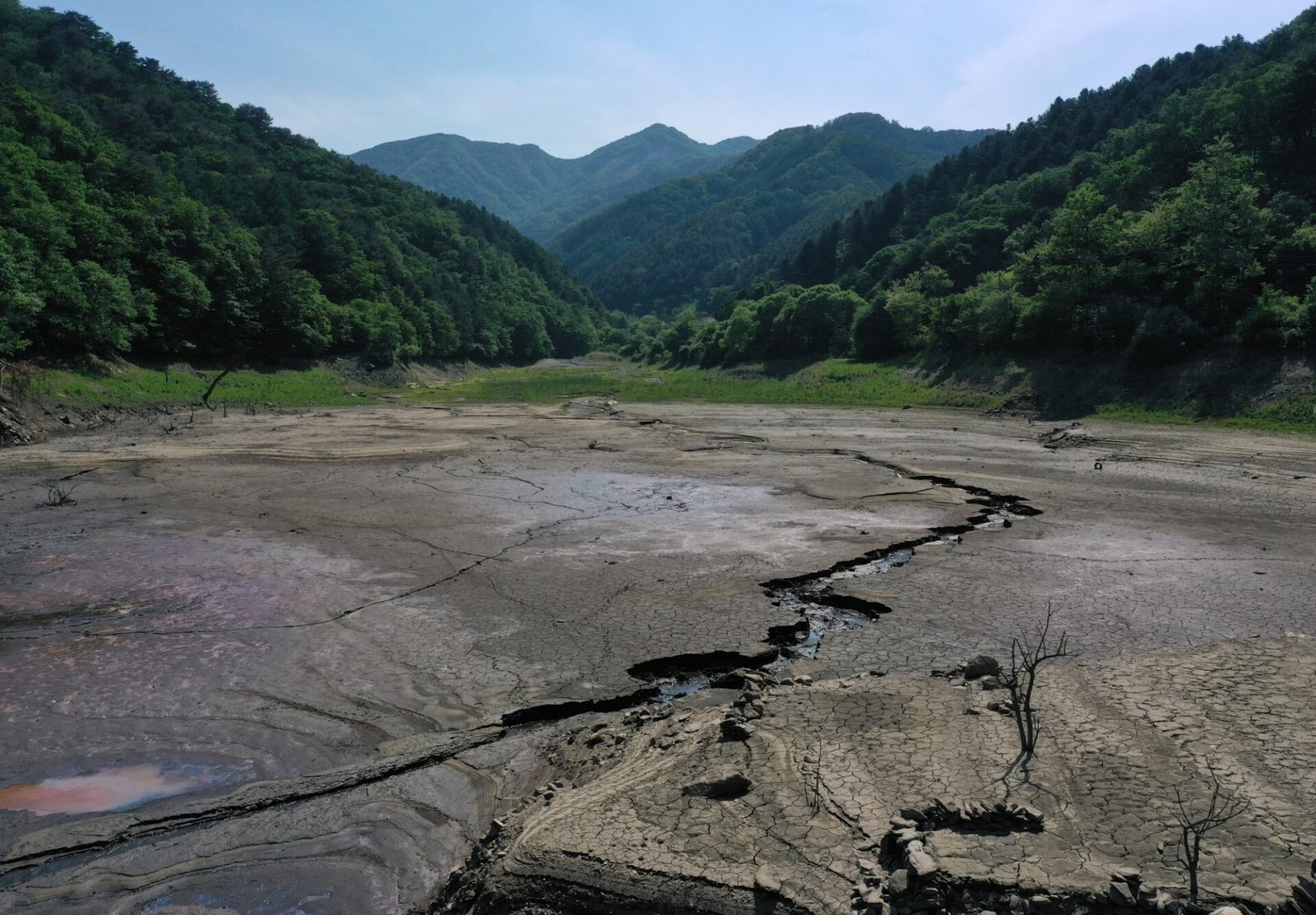
Berlin, July 2 (IANS) Girls pulled from school and forced into marriage. Hospitals plunged into darkness. Endangered dolphins floated lifeless in the shrinking Amazon… These are not scenes from a horror film, but real consequences of some of the most devastating droughts in recorded history, according to a new UN-backed report released Wednesday.
Prepared by the US National Drought Mitigation Centre (NDMC) and the UN Convention to Combat Desertification (UNCCD), with support from the International Drought Resilience Alliance, the report Drought Hotspots Around the World 2023-2025 provides a comprehensive account of how droughts compound poverty, hunger, energy insecurity, and ecosystem collapse.
It warns that drought, fueled by climate change and relentless pressure on land and water, has escalated since 2023 into one of the most widespread and damaging crisis in recorded history, triggering cascading shocks to food, energy, ecosystems, and human survival, Xinhua news agency reported.
Eastern and Southern Africa are among the worst-affected regions. Over 90 million people are facing acute hunger. Southern Africa, already drought-prone, was devastated, with about 68 million, roughly one in six people, needing food aid in August 2024.
In Zimbabwe alone, the 2024 corn crop was down 70 per cent year on year, and doubling maize prices, while 9,000 cattle died of thirst and starvation. In Somalia, drought-related hunger led to an estimated 43,000 deaths in 2022. Zambia faced a major energy crisis in 2024 when the Zambezi River fell to just 20 per cent of its long-term average. The country’s largest hydroelectric plant fell to 7 per cent generation capacity, causing blackouts of up to 21 hours per day.
Countries across the Mediterranean are also battling prolonged drought and extreme heat. Spain’s olive crop fell by half by September 2023, pushing olive oil prices to double. Morocco’s sheep population has shrunk 38 per cent since 2016. In Turkey, drought accelerated groundwater depletion, triggering sinkholes.
Also, record-low river levels in 2023 and 2024 in the Amazon Basin led to mass deaths of fish and endangered dolphins, and disrupted drinking water and transport for hundreds of thousands. Severe drought slashed Panama Canal traffic by more than one-third between late 2023 and early 2024, forcing ships onto longer routes and disrupting global supply chains.
The report describes the 2023-2024 El Nino event as having “added fuel to the fire” of climate change, amplifying drought impacts in agricultural and ecological hotspots. “This was a perfect storm,” said co-author Kelly Helm Smith of NDMC. “Many vulnerable societies and ecosystems were pushed beyond their limits.”
The economic fallout is mounting. Co-author Cody Knutson, who oversees NDMC drought planning research, underlined a recent OECD estimate that a drought episode today carries an economic cost at least twice as high as in 2000, with a 35 per cent to 110 per cent increase projected by 2035.
“Ripple effects can turn regional droughts into global economic shocks,” she adds. “No country is immune when critical water-dependent systems start to collapse.”
The human toll is equally severe. Most vulnerable to the effects of drought: Women, children, the elderly, pastoralists, subsistence farmers, and people with chronic illness.
In Eastern Africa, rates of child marriage more than doubled as families sought dowries to survive. In Zimbabwe, entire school districts saw mass dropouts due to hunger, costs, and sanitation issues for girls. In some areas, the Amazon River fell to its lowest level ever recorded, leaving residents stranded, including women giving birth, and entire towns without potable water.
“Girls pulled from school and forced into marriage, hospitals going dark, and families digging holes in dry riverbeds just to find contaminated water — these are signs of severe crisis,” said lead author Paula Guastello, NDMC drought impacts researcher.
The report urges immediate global investment in drought preparedness, calling for stronger early warning systems and real-time monitoring of drought and drought impacts.
“This is not a dry spell,” said Mark Svoboda, report co-author and NDMC Founding Director. “This is a slow-moving global catastrophe, the worst I’ve ever seen.”
The report highlights the importance of nature-based solutions such as watershed restoration and indigenous crop use. Building resilient infrastructure, including off-grid energy and alternative water supply technologies, is also needed, it said.
“Drought is not just a weather event. It can be a social, economic, and environmental emergency,” said Smith of NDMC. “The question is not whether this will happen again, but whether we will be better prepared next time.”
To ensure no one is left behind, the report stresses the need for gender-responsive adaptation, ensuring that women and girls are not further marginalised. Strengthened international cooperation is vital, it said, especially in protecting transboundary river basins and trade routes.
“Drought is a silent killer. It creeps in, drains resources, and devastates lives in slow motion. Its scars run deep,” said UNCCD Executive Secretary Ibrahim Thiaw.
“Drought is no longer a distant threat,” he added.


